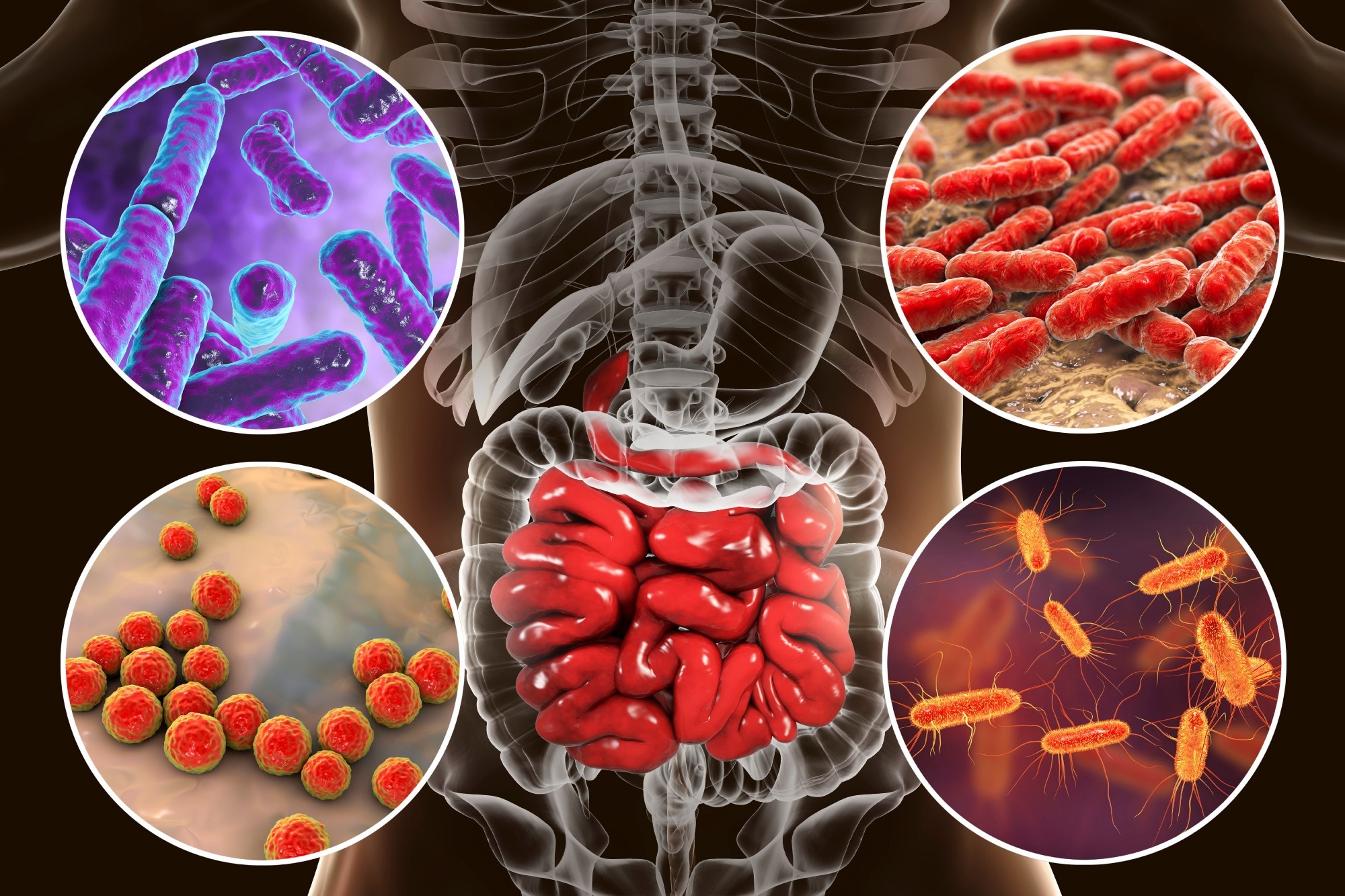In a recent review article published in the journal Environmental International, researchers conducted a systematic review of observational and interventional studies evaluating the relationship between greenspace exposure and human microbiota across various anatomical sites.
They found that greenspace exposure is associated with increased diversity and altered composition of gut and skin microbiota, potentially leading to healthier profiles, while evidence for the effect on oral, nasal, and ocular microbiota remains inconclusive.
 Study: Greenspace and human microbiota: A systematic review. Image Credit: Kateryna Kon / Shutterstock
Study: Greenspace and human microbiota: A systematic review. Image Credit: Kateryna Kon / Shutterstock
Background
In recent years, research has increasingly focused on the potential health benefits of greenspace exposure, including mental well-being and reduced disease risk.
Although findings are mixed, human microbiota, crucial for immune function and metabolic health, may be influenced by greenspace. Understanding this relationship could elucidate mechanisms behind greenspace's health effects.
About the study
A systematic review aimed to synthesize observational and interventional evidence on greenspace's impact on human microbiota diversity and composition across various populations, exposures, and outcomes, seeking to clarify existing knowledge gaps and inform public health interventions and policies.
The methods involved scoping previous reviews and formulating search strategies for databases, with specific criteria for study selection based on Population, Exposure, Comparator, Outcome, and Study (PECOS) principles.
Two investigators conducted searches, screened records, and extracted data independently. They assessed the risk of bias, with evidence synthesis following guidelines for systematic reviews without meta-analyses; the certainty of the evidence was evaluated using the Grading of Recommendations, Assessment, Development, and Evaluation (GRADE) framework.
Findings
After several rounds of screening, the qualitative synthesis included 20 articles from 35 countries, including Finland, Canada, the United States, China, the Netherlands, the United Kingdom, India, and Australia.
Half the studies followed cross-sectional designs, one was a cohort study, and the remaining followed interventional designs, including two randomized controlled trials.
Observational studies utilized objective metrics like Normalized difference vegetation index (NDVI), greenspace percentage, or binary variables sourced from satellite images or land maps, ensuring precise greenspace exposure allocation. Interventional studies involved activities such as rubbing hands with soil, engaging in park activities, or greening kindergartens for varying durations.
The 20 studies investigated microbial communities in various human body sites: gut (13 studies), skin (10 studies), oral cavity (5 studies), nasal cavity (5 studies), and ocular region (1 study).
Amplicon sequencing targeting the 16S ribosomal ribonucleic acid (rRNA) gene was common, with pipelines like Quantitative Insights Into Microbial Ecology (QIIME), Mothur, or Usearch used for bioinformatic analysis. Outcomes included alpha diversity, beta diversity, and relative abundance of taxa.
The included studies were assessed for the risk of bias, with three rated as "serious" due to confounding bias. Four studies had a "probably high" risk from other sources, like inappropriate statistical approaches. Small sample sizes compromised reliability in some intervention studies.
Overall, studies suggested that greenspace exposure is associated with higher alpha diversity, altered overall compositions, and changed relative abundances of taxa in the human gut microbiota, as reported by 12 out of 13 studies, including both cross-sectional and interventional designs.
Cross-sectional studies revealed varied associations of greenspace exposure with alpha diversity, beta diversity, and specific taxa abundances. Interventional studies suggest positive impacts on alpha diversity and specific taxa abundance following greenspace interventions.
From the 10 studies examining the relationship between greenspace exposure and human skin microbiota. Cross-sectional and interventional studies reveal positive associations between greenspace and skin microbiota alpha diversity, altered compositions, and changes in taxa abundances.
Observational studies highlighted associations with forest and agricultural land cover, while interventions show increased alpha diversity and altered compositions with greenspace activities.
Several studies investigated the link between greenspace exposure and human microbiota in oral, nasal, and ocular cavities. Mixed findings were observed. Oral microbiota studies showed increased richness with nearby greenspace, while nasal microbiota studies reported inconsistent results.
Ocular microbiota showed no significant association with green space. Interventional studies suggested that greenspace activities might positively affect nasal microbiota diversity.
The certainty assessment of evidence on greenspace and human microbiota varied across body sites. Initial ratings were high or moderate but downgraded to moderate or low due to imprecision and inconsistent results. Overall, the certainty of evidence for greenspace and microbiota in all body sites was assessed as very low.
Conclusions
The systematic review assessed 20 studies on greenspace exposure and human microbiota, predominantly in Europe and North America. Evidence suggests that greenspace exposure increases gut and skin microbiota diversity, favoring beneficial bacteria over pathogens.
However, study heterogeneity, design limitations, and biases were noted. Findings generally align with previous reviews but offer a more comprehensive evaluation. Mechanisms include exposure to diverse environmental microbes, reduced air pollutants, and lifestyle improvements.
Further longitudinal and intervention studies are recommended, considering various greenspace aspects, participant characteristics, and microbiota functionality.
Journal reference:
- Greenspace and human microbiota: a systematic review. Zhang, Y., Zhou, G., Wang, L., Browning, M.H.E.M., Markevych, I., Heinrich, J., Knibbs, L.D., Zhao, T., Ding, Y., Chen, S., Liu, K., Dadvand, P., Dong, G., Yang, B. Environment International (2024). DOI: 10.1016/j.envint.2024.108662, https://www.sciencedirect.com/science/article/pii/S0160412024002484